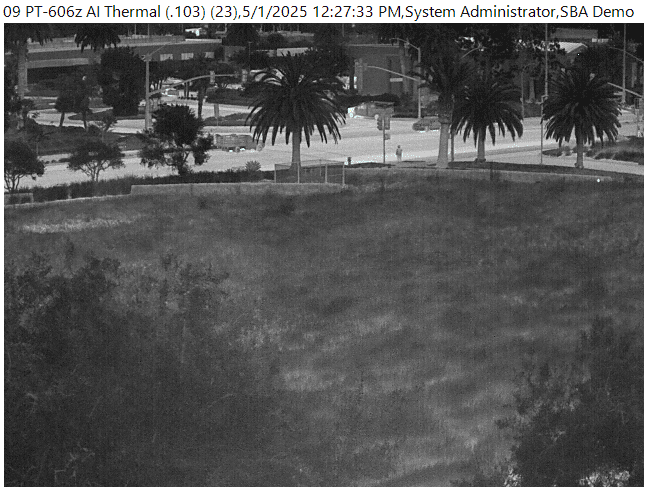
The Defense Information Systems Agency (DISA) announced recently that the US Defence Department is planning to build a single security architecture that ultimately will eliminate firewalls. Below is a comment from Imperva’s Senior Security Strategist, Barry Shteiman, on why he believes the DISA have made the right decision and have realised that with the threat landscape changing so should the defences to ensure they are not victims of an attack.
Yesterday, a very interesting article in the AFCEA caught my eye: “DISA Eliminating Firewalls.” Although the title seemed provocative at first, the article itself just made me smile.
DISA gets it, they really get it.
One of the advantages of working with the father of the modern firewall is that I have an insider’s perspective on how security has evolved over the years – from the early days of Stateful Inspection firewalls, when perimeter and interdepartmental separation was the focus, to the realization that data (a company’s lifeblood) is the single most important asset to protect. Not this or that network, but the data.
In the article, Lt. Gen. Ronnie Hawkins JR explains that network separation, while widely accepted, does not encourage business collaboration, like easily accessing and sharing content.
Here’s my favorite snippet from the article: “In the past, we’ve all been about protecting our networks—firewall here, firewall there, firewall within a service, firewall within an organization, firewalls within DISA. We’ve got to remove those and go to protecting the data.” (Emphasis is mine.)
Yes, firewalls are important. They help solve network security problems by creating barriers that prevent unwanted network access. But they do not control data access.
That’s why I find DISA’s new approach so fascinating. It’s based on the realization that the threats have changed. Hackers want data like IPs, PINs, credentials, proprietary information, and more. And it’s very easy for them to steal data due to poor security controls or outright mismanagement.
Only time will tell how DISA will implement their new plan. But they’re likely to make the following changes:
- Data will be classified in databases and file systems
- Role-based access that is based on entities will be mapped against the data classifications
- Business logic rules (i.e., “only a Lt. Gen. or above, reporting to a specific unit, may read/write this kind of data) will be created
- Access to content will be controlled and audited
- A discovery process for new data at rest will be implemented
- Data will be monitored for configuration, permission, and vulnerability issues
Of course, these are only a few examples coming from best practices in data security. And while each example can be easily expanded, the basic idea is pretty clear. There’s a new focus in town: data access control will increasingly trump network access control. It’s the next logical step in the evolution of data security in enabling large organizations to collaborate in a way that is both easier and more secure.
Personally I hope that the DISA’s decision becomes a guidepost for other organizations to follow.
And that’s why I salute you, DISA. A job well done.
About the author
Barry Shteiman is Imperva’s Senior Security Strategist where he works directly with the CTO Office and Imperva’s dedicated security research organization, the Application Defense Center. Barry has also authored several application security tools and contributed code to a number of open source security projects. Barry is dedicated contributor to Imperva’s security blog as well as an active tweeter. He encourages you to follow him on Twitter @bshteiman and ask him any security question you want.
Links
www.imperva.com


























